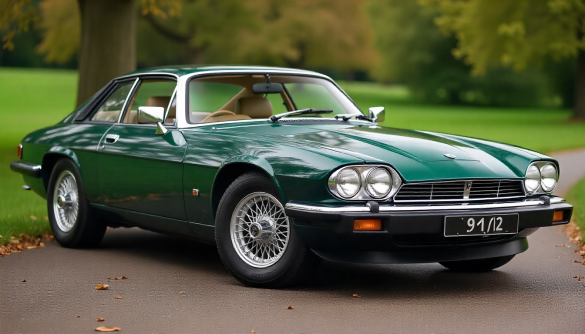What do you do when you’re restoring one of the most iconic historic racecars of all time but replacement parts either don’t exist or are so scarce that it’s akin to finding a speedometer needle in a haystack?
RK Motors Charlotte has the answers and has provided a compelling video update on the 20-month, comprehensive restoration of the iconic Le Mans-winning 1966 Ford GT40, chassis P/1046 historic racecar.
Whether it’s specific bolts that simply are not manufactured anymore or a one-off, 50-year-old racing seatbelt sourced from overseas in need of restoration itself, RK Motors Charlotte is getting down to mind-blowingly minute specifics.
“This is what it takes to make this iconic racecar new again,” said RK Motors Director of Marketing Paul Tecci.” “If the expert restorers at Rare Drive can’t find a bolt, they’ll figure out the metallurgy of the original and reproduce it themselves.”
RK Motors Charlotte is even going as far as letting the white paint from the race number outline on the hood drip into the trunk space, just like it was in 1966.
The first American-built car to win endurance racing’s most prestigious competition, the GT40 was developed by legendary car builder and racer Carroll Shelby, chassis P/1046 carved its niche in racing history as the first of three GT40s to take the checkered flag and earn podium finishes at the 1966 Le Mans race besting Ferrari in the #1, #2, and #3 winning positions. The 1966 race continues to rank as one of the closest finishes in Le Mans history.
Since beginning its restoration in January 2015, the famous racecar has been completely disassembled, leaving only its monocoque chassis, which has been extensively treated with the car’s original green primer. The chassis has also undergone extensive repairs, including removal of a roll bar, which was installed after Le Mans. In addition:
- Original fiberglass has been restored, with new fiberglass being incorporated as needed.
- New parts have been added, meticulously copied from original pieces so thickness and weight are precisely replicated.
- Restorers have studied thousands of period images of the car, ensuring that every decision that is made and every single detail – no matter how small – has been checked against a period photograph.
- Parts are being sourced and/or fabricated as needed. Example: The restorer is working with a glass company to manufacture a correctly shaped windshield, and a wiring company to re-manufacture a correct wiring harness using period-correct materials.
- The GT40 has been undergoing meticulously refinishing – cleaning, stripping, repairing, re-plating and repainting all parts and hardware back to their original form.







